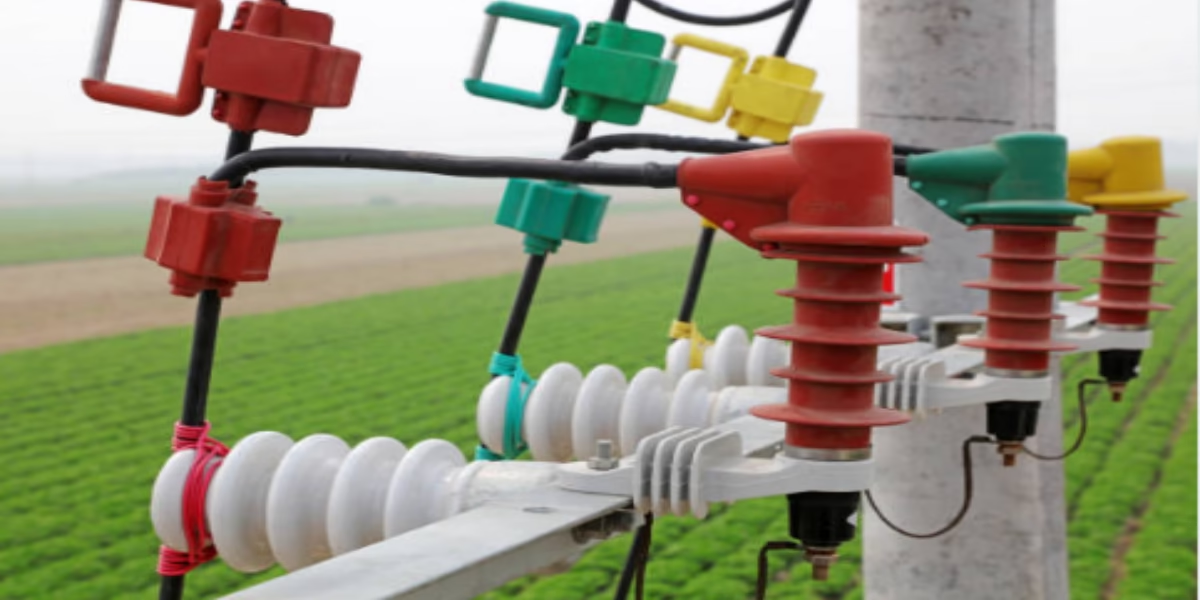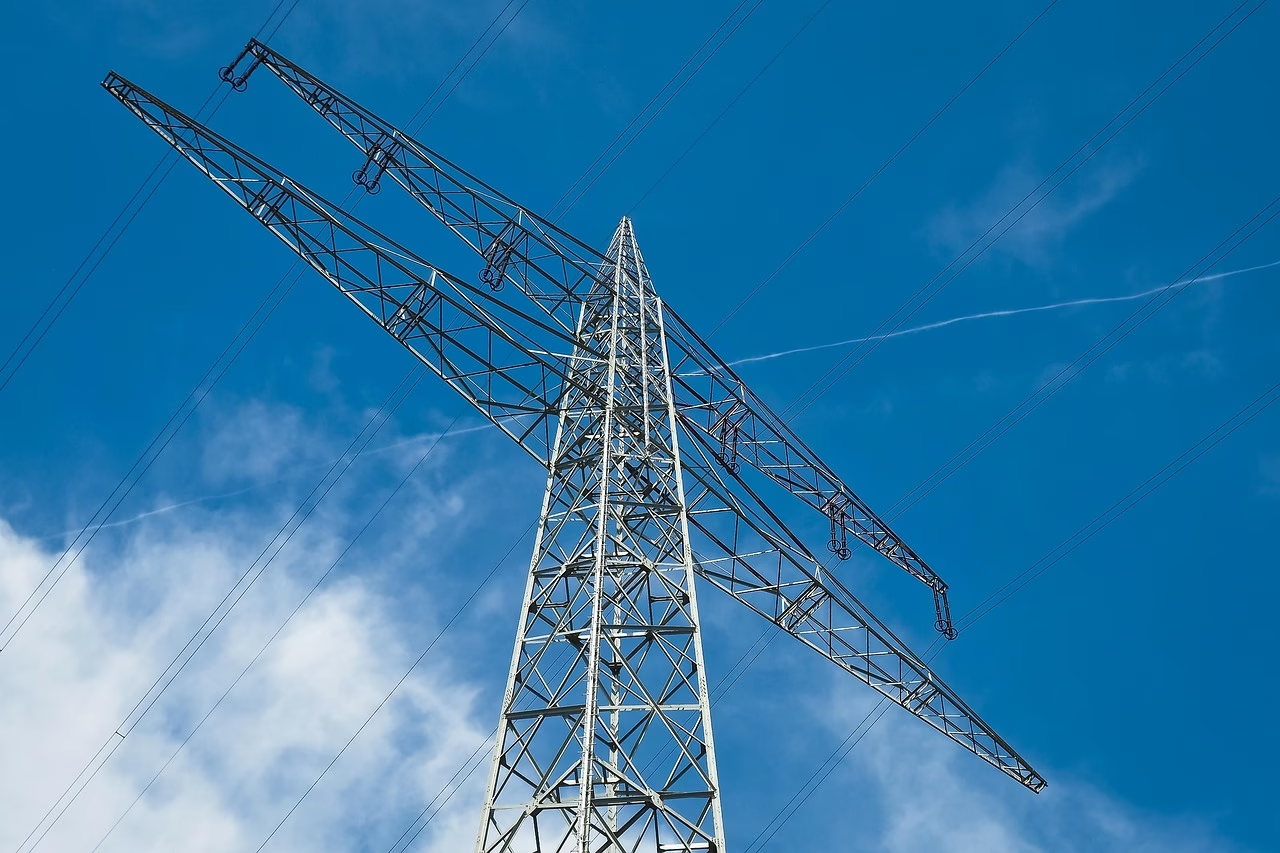What is Polymer Insulators?
Polymer insulators, commonly known as composite insulators, consist of a glass fiber reinforced epoxy resin rod core covered with a polymer sheds. The rod core is fixed on both sides with hot-dip galvanized cast steel end fittings. The shed protects the insulator core from the external environment. Manufacturers use a variety of shed materials, designs, and construction methods. The most commonly used polymer shed materials for manufacturing composite insulators include silicone rubber, ethylene polypropylene rubber, ethylene polypropylene diene monomer rubber, cycloaliphatic epoxy resin (CE), and polytetrafluoroethylene (Teflon). These basic materials are combined with various fillers such as aluminum trihydrate to obtain the required electrical and mechanical properties.
What is Porcelain Insulators?
Porcelain insulators are also called ceramic insulators, so the main part of them must be made of porcelain. The main part here refers to the insulating part, where we can see many sheds and grooves. These sheds are made into such a shape to increase the insulating surface, which we call "creepage distance". At the top and bottom of the ceramic insulator, there are also 2 metal fittings, which are made into a shape with standard connections, allowing the insulator to be connected to other insulators or accessories in the overhead line. Porcelain insulators are made of clay, quartz or aluminosilicate and feldspar, and are covered with a smooth glaze to protect against dust and moisture. It is crucial to ensure that the porcelain does not have any pores, as this is the main reason for the reduction of dielectric strength. It should also be free of impurities and bubbles, as this will affect the insulation performance.
Advantages of Porcelain Insulator
The main advantage of porcelain is that it does not have any cracks, holes, laminations, etc., and the insulation resistance is very high. In addition, the dielectric strength of porcelain insulators is very high, about 60 kV per centimeter. A major advantage of porcelain is that it can be cast into irregular shapes to withstand higher voltages, unlike glass. In the case of glass, irregular cooling often results in internal strain. In addition, moisture can easily condense on the surface of glass, creating a path for leakage current.
Advantages of Polymer Insulator
Polymer insulators are lightweight and compact compared to porcelain insulators, which reduces installation costs. The low weight of polymer insulators means that they impose less load on the supporting structure, which reduces the overall installation cost. They have high creepage excursion and resistance to vandalism.
In addition, polymer insulators are very flexible, which greatly reduces the possibility of breakage. In addition, they have higher tensile strength compared to porcelain insulators. They are more suitable for polluted areas and require less cleaning work due to the hydrophobic nature of the insulators.
Limitation of Polymer Insulator
However, polymer insulators also have some limitations, such as high leakage current and short service life. In addition, if there is any unnecessary gap between the core and the cover, moisture can enter the core of the insulator. Over-crimping the end fittings may cause the core rod to crack, which in turn leads to mechanical failure of polymer insulators. Another disadvantage is that polymer insulators can melt and bend in a fire, which does not happen with glass or porcelain insulators. Such insulators do not perform well in areas close to coastlines because there is a high salt content in the air. In addition, these insulators are more susceptible to attack by birds.
Due to their limitations, polymer insulators are considered best suited for indoor applications and bushings. They have a limited scope of use on medium voltage transformers installed outdoors. Such insulators are mainly used for neutral connections where the insulation is not subject to the same dielectric stresses as the phase conductor supports. Cap and pin insulators installed on low voltage distribution lines and long pole insulators installed on transmission lines can adopt composite insulators with high tensile strength cores based on glass fibers and resins.
Comparison of properties and performance
Porcelain is an excellent insulating material, which is why high-voltage insulators first use porcelain. With the development of technology, silicone rubber has come into our sight, which has more excellent insulation performance. In addition, silicone rubber has excellent hydrophobicity and hydrophobic migration.
The mechanical properties of polymer and porcelain insulators are also different.
Porcelain insulators, especially post porcelain insulators, have better performance in terms of cantilever loads. This comes from the physical composition of the rigid porcelain material. Compared to the ceramic core of the porcelain insulator, the post polymer insulator has an FRP core, which is made of tens of thousands of glass fiber filaments and bonded with epoxy resin. This may achieve the same specified mechanical cantilever load, but due to its characteristics, it has better deformation and displacement. This is not preferred in high voltage substations.
For suspension and tension insulators, the FRP core shows advantages in tensile properties. The fiber filaments have excellent performance in radial tensile strength.





